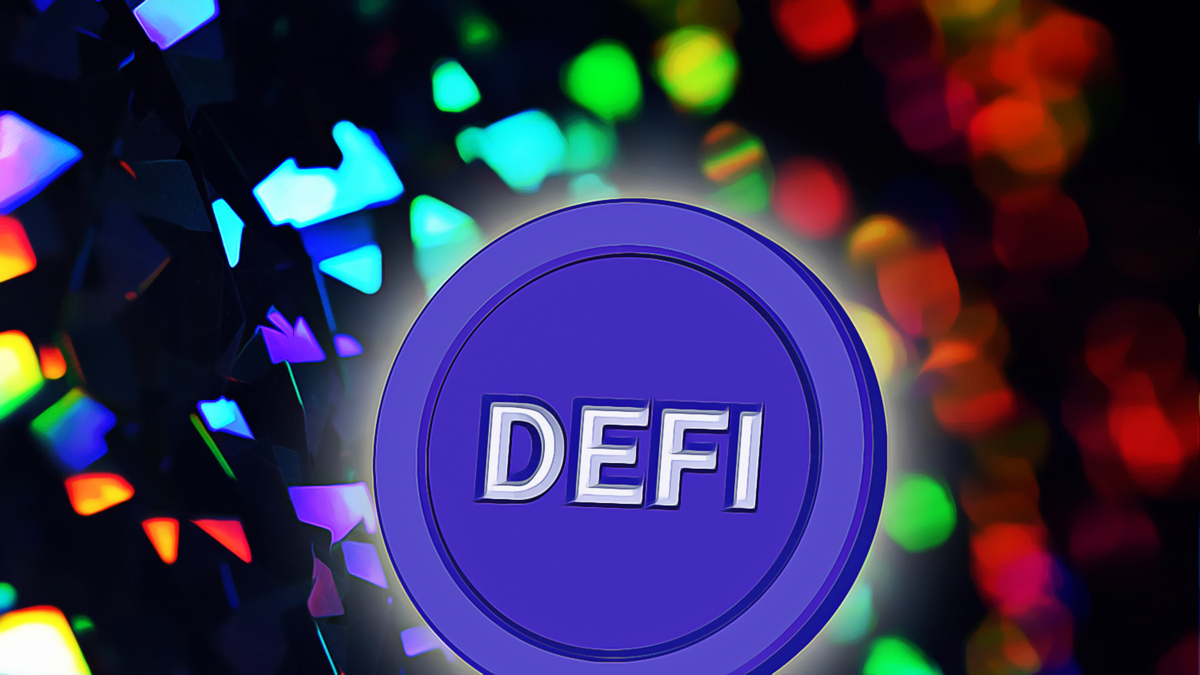ZkSync Hyperchain Sophon Raises $60M Via Node Sale

Share:
Entertainment-focused zkSync hyperchain Sophon has raised roughly $60 million in less than a week after commencing its node sale.
According to an announcement sent to CryptoPotato, the $60 million raised will be added to a $10 million raised over a month ago in a funding round led by several top crypto firms, including OKX Ventures, Huobi Ventures, Spartan, and SevenX.
Sophon Raises $60M
As a modular blockchain leveraging zkSync’s hyperchain technology, Sophon is built for applications in high throughput sectors like artificial intelligence and gaming. The network, co-founded by semi-anonymous Sebastien, former head of decentralized finance at zkSync and popular Crypto Twitter persona Pentoshi, is expected to be launched in Q3 2024 alongside the zkSync Hyperchain toolkit.
Sophon’s founders offered 200,000 nodes structured in multiple tiers for sale. They were looking to raise approximately $60 million in wrapped ether (WETH) and have done so in less than a week of commencing sales.
Once zkSync enables proof-of-authority for hyperchains, node holders will be allowed to operate the Sophon sequencer and contribute to the network’s decentralization. They will be rewarded with Sophon’s native token, SOPH.
“The Sophon Hyperchain is dedicated to developing an entertaining, efficient, and secure playground utilizing ZK technology for artificial intelligence, gaming, and more, and its team’s track record positions it as the premier Hyperchain in the zkSync ecosystem. Moreover, there are several projects lined up to launch on the network,” the Sophon team said.
SOPH Airdrop Requirement
Upon Sophon’s launch, SOPH will be distributed to users through a unique airdrop. Market participants will be required to stake crypto assets to receive SOPH allocations. The assets to be staked include BEAM, the native token of privacy-focused Beam Network, and ZENT, the native asset of gaming platform Zentry.
Commenting on the funds raised so far, Sebastien said: “When I decided to build Sophon, choosing the ZK Stack was no brainer. I know the product inside-out in comparison to other stacks on the market. It’s all about building for tomorrow rather than yesterday, and I’m convinced that in a few years, looking back at the design and infrastructure choices Matter Labs made will seem obvious. I will continue to work closely with the amazing Matter Labs team.”
The post ZkSync Hyperchain Sophon Raises $60M Via Node Sale appeared first on CryptoPotato.
ZkSync Hyperchain Sophon Raises $60M Via Node Sale

Share:
Entertainment-focused zkSync hyperchain Sophon has raised roughly $60 million in less than a week after commencing its node sale.
According to an announcement sent to CryptoPotato, the $60 million raised will be added to a $10 million raised over a month ago in a funding round led by several top crypto firms, including OKX Ventures, Huobi Ventures, Spartan, and SevenX.
Sophon Raises $60M
As a modular blockchain leveraging zkSync’s hyperchain technology, Sophon is built for applications in high throughput sectors like artificial intelligence and gaming. The network, co-founded by semi-anonymous Sebastien, former head of decentralized finance at zkSync and popular Crypto Twitter persona Pentoshi, is expected to be launched in Q3 2024 alongside the zkSync Hyperchain toolkit.
Sophon’s founders offered 200,000 nodes structured in multiple tiers for sale. They were looking to raise approximately $60 million in wrapped ether (WETH) and have done so in less than a week of commencing sales.
Once zkSync enables proof-of-authority for hyperchains, node holders will be allowed to operate the Sophon sequencer and contribute to the network’s decentralization. They will be rewarded with Sophon’s native token, SOPH.
“The Sophon Hyperchain is dedicated to developing an entertaining, efficient, and secure playground utilizing ZK technology for artificial intelligence, gaming, and more, and its team’s track record positions it as the premier Hyperchain in the zkSync ecosystem. Moreover, there are several projects lined up to launch on the network,” the Sophon team said.
SOPH Airdrop Requirement
Upon Sophon’s launch, SOPH will be distributed to users through a unique airdrop. Market participants will be required to stake crypto assets to receive SOPH allocations. The assets to be staked include BEAM, the native token of privacy-focused Beam Network, and ZENT, the native asset of gaming platform Zentry.
Commenting on the funds raised so far, Sebastien said: “When I decided to build Sophon, choosing the ZK Stack was no brainer. I know the product inside-out in comparison to other stacks on the market. It’s all about building for tomorrow rather than yesterday, and I’m convinced that in a few years, looking back at the design and infrastructure choices Matter Labs made will seem obvious. I will continue to work closely with the amazing Matter Labs team.”
The post ZkSync Hyperchain Sophon Raises $60M Via Node Sale appeared first on CryptoPotato.











